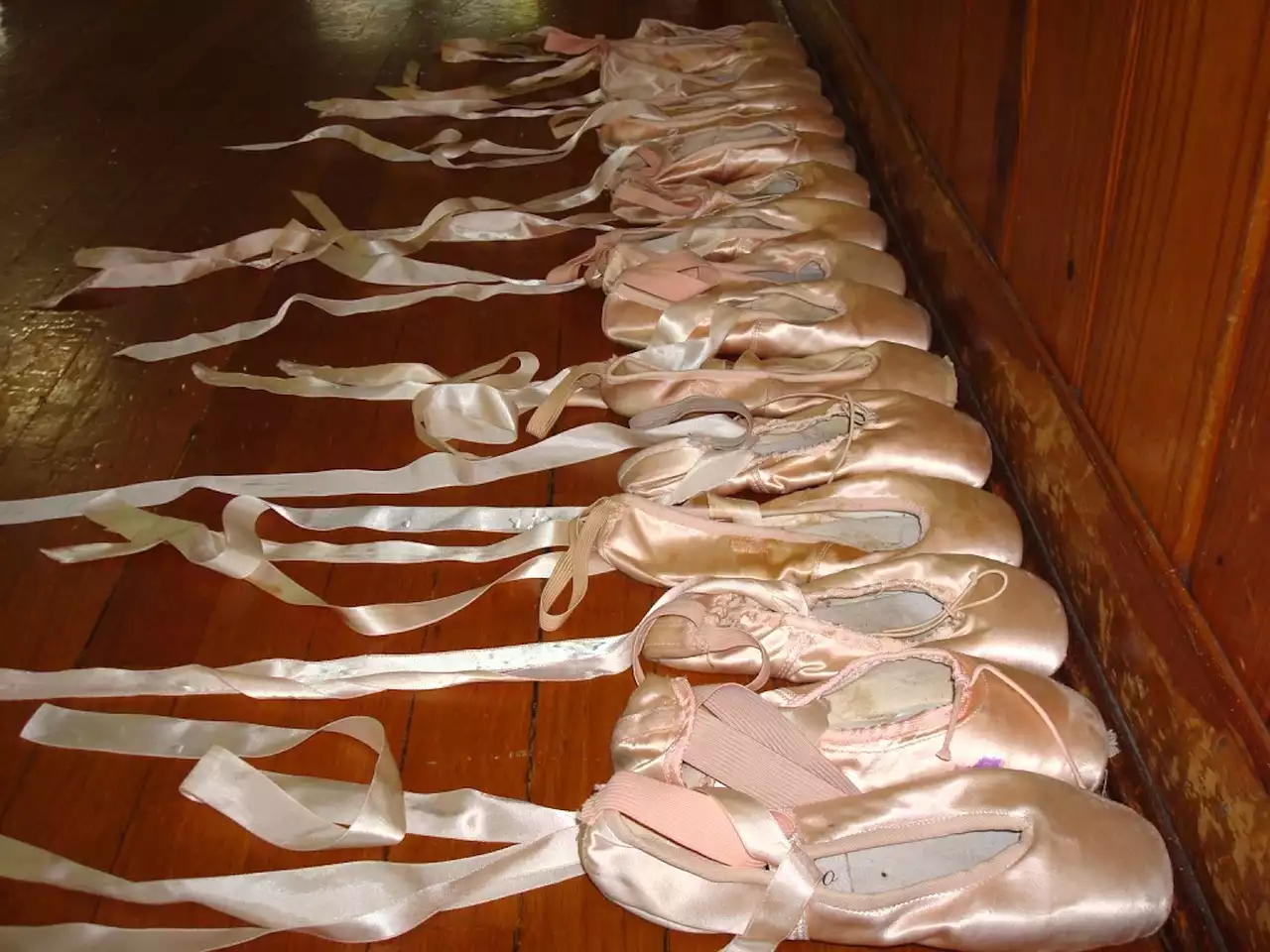The ballet is a graceful dance form that demands strength, stamina and flexibility. The stretching motions and the fluid movements require an extremely supple body for efficient execution. Ballet training can make you more supple because it increases your range of motion and circulation, which improves your natural suppleness. Moreover, it helps reduce stress on your muscles by promoting relaxation techniques. In fact, many dancers credit their increased flexibility to the exercises they do outside of class. But even if you’re not yet at that level, there are ways to increase your suppleness as a beginner ballerina.
What is flexibility?
Flexibility is the quality of being able to move your muscles and joints through a full range of motion. This flexibility can be developed through stretching, or it can be reduced due to aging or injury. Ballet dancers need lots of flexibility in their muscles and joints because they need to move in all directions. For example, dancers need a greater ability to arch their backs than the average person, because it helps them keep their center of gravity above their feet. Dancers also need strength in their muscles, but not so much that it tires them out. Just like everything else, increasing flexibility takes time. But if you start stretching now, you’ll be able to dance better and longer as you grow.
How to increase flexibility in ballet class?
Beginners should start by using simple stretches, then gradually advance to more challenging stretching exercises. Each stretch should be performed for a minimum of 15 seconds. A daily stretching routine is essential for all dancers. You can do it before or after your ballet class. Also, do it as many times in a day as you can. Stretching is one of the best ways to increase flexibility. For best results, select stretches that target the muscles you use the most in ballet. Here are some helpful stretches for dancers of all ages.
Stretching exercises for ballet dancers
Lying Hamstring Stretch: Lie down on your back with one leg straight, and the other bent at the knee. Place a towel or a folded cloth under your knee to increase the stretch. Now, with the hand of the straight leg, grab the knee and pull the knee towards your head. You should feel the stretch in your hamstring (the back of your thigh). Hold this position for 15 seconds and then switch legs.
Seated Piriformis Stretch: While sitting with both legs stretched out in front of you, cross one leg over the other, and place the bent knee under your other leg's thigh. Now, grab your other leg's thigh and pull it towards your chest. You should feel a stretch on the hip and buttock of the leg that's crossed over the other. Hold this position for 15 seconds and then switch legs.
Wall Hamstring Stretch: Stand about two feet from a wall with the heels about six inches from the wall and keep your knees unbent. Now, bend your torso towards the wall, keeping your back straight and touching the wall with your hands. You should feel the stretch in your hamstrings. Hold this position for 15 seconds and then switch legs.
Core-strengthening activities for ballet dancers
When you are just starting ballet, your teacher will probably recommend that you spend most of your time stretching. This is because stretching is the most important activity in your daily ballet training. However, as you advance in your training, you are likely to incorporate more strengthening exercises into your daily routine. Stretching and strengthening go hand in hand, as many strengthening exercises can also be used as stretching exercises. Note that strengthening exercises should be performed slowly and controlled.
Isometric exercise for ballet dancers
Isometric exercises can help you build strength, increase flexibility and improve your balance. They use the opposing muscles while keeping the joints in a static position. For example, while seated on the floor, lift one foot off the floor while pressing your other foot against the floor. Hold this position for 5-10 seconds, relax and repeat with the other foot. You can try other examples like:
-Pressing your hands against the wall and actively pressing your knees together.
- Lifting one foot off the ground while you are seated on the floor.
- Pushing your elbows against a table while pressing your knees together.
- Pressing one foot against the wall while you are seated on the floor.
Conclusion
If you are a beginner, focus first on developing a strong core and flexibility. Once you've reached an intermediate level, you can then start incorporating isometric exercises into your routine. You can also try to perform these exercises on your own at home or wherever you can fit them into your day. As a dancer, you must be flexible in order to move gracefully and with ease. Stretch regularly to increase your flexibility and prevent injuries. You can perform various exercises such as yoga, Pilates or stretching to increase your flexibility.

.png?size=50)
 A Beginner's Guide to Meditation: Techniques and Tips
A Beginner's Guide to Meditation: Techniques and Tips
 Balancing a Healthy Family Life and Career
Balancing a Healthy Family Life and Career
 Understanding the roles of protein, carbohydrates, and fats in a balanced diet
Understanding the roles of protein, carbohydrates, and fats in a balanced diet Why Tai Chi is an Excellent Way to Increase Flexibility
Why Tai Chi is an Excellent Way to Increase Flexibility Increase Your Flexibility with Pilates
Increase Your Flexibility with Pilates How Practicing Yoga Can Increase Flexibility
How Practicing Yoga Can Increase Flexibility